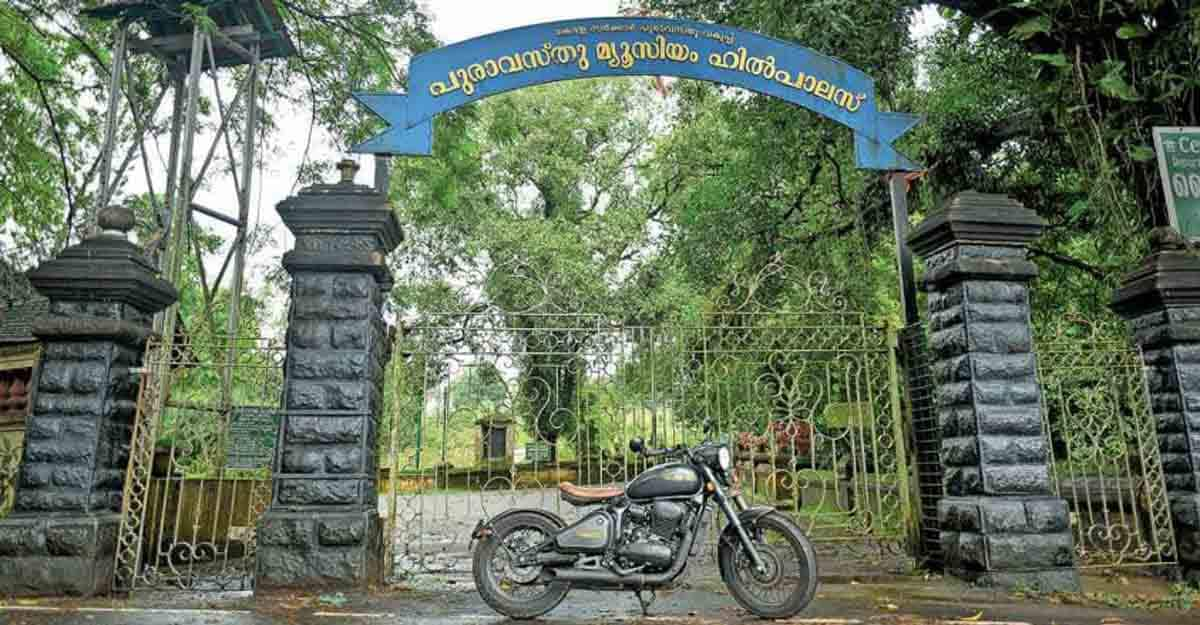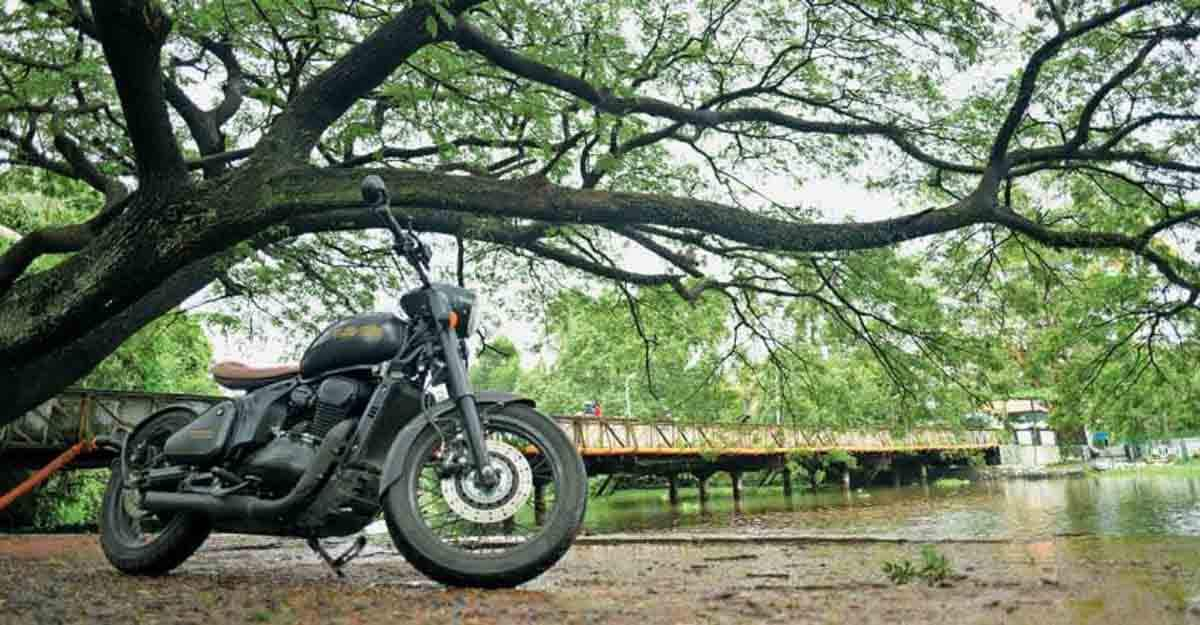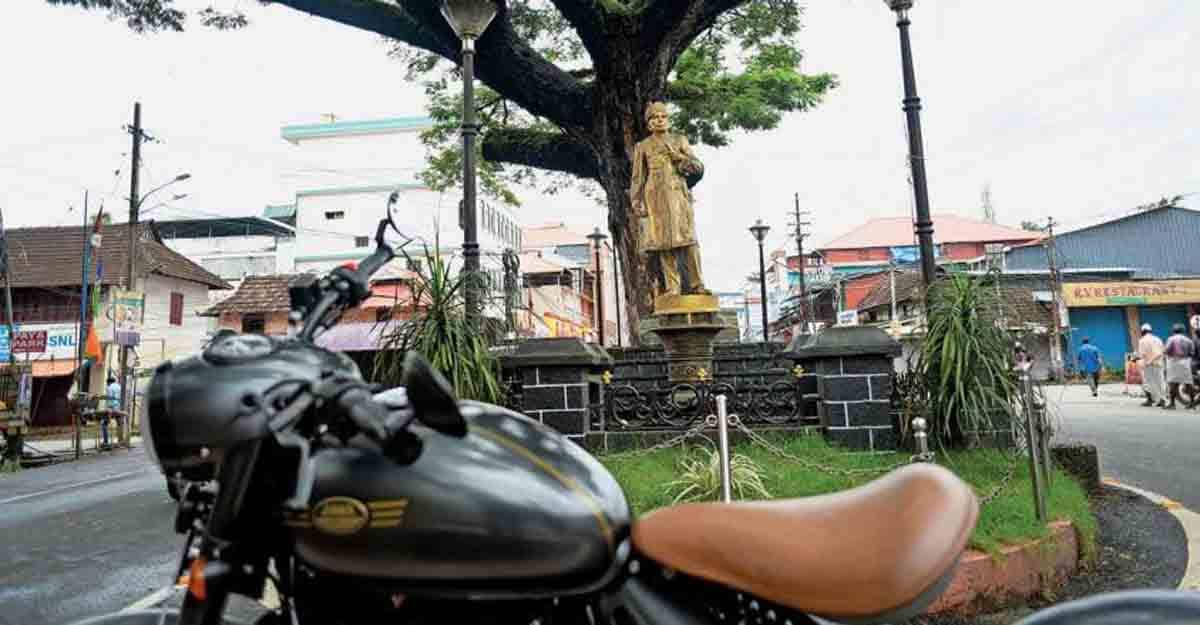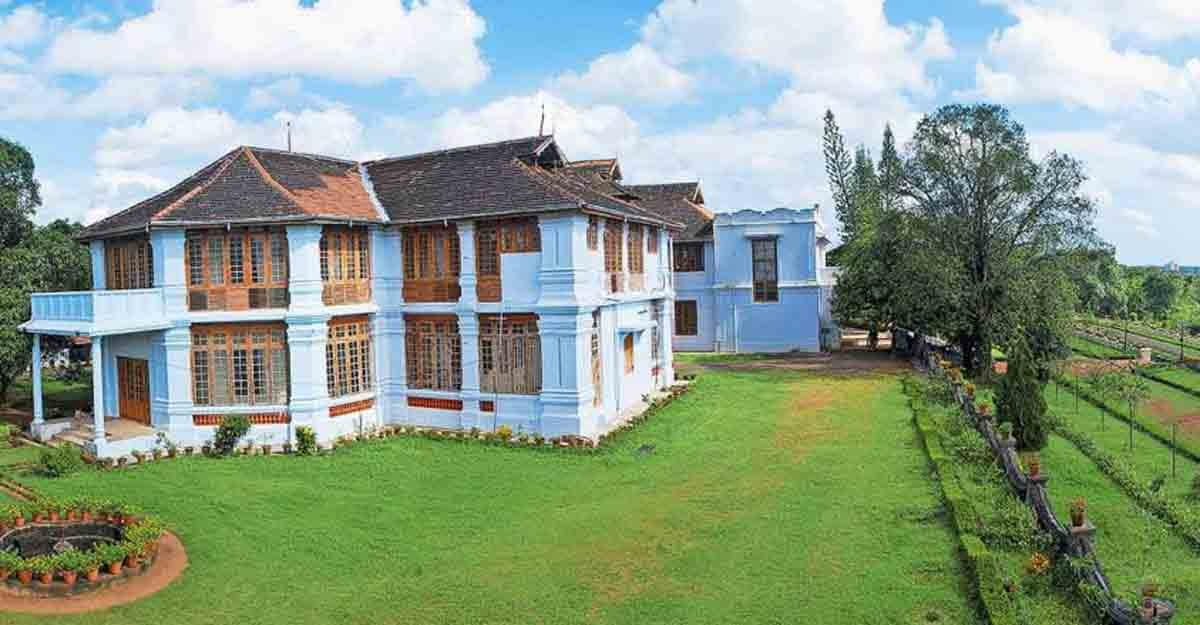A Jawa trip to the historic Tripunithura

Mail This Article
A ride on the iconic Jawa bike to the historic Tripunithura can only be awe-inspiring. The motorcycle that has a 91-year legacy is rolling on to a place that is replete with centuries-old regal remnants.
What legend says
Arjuna, one of the five Pandavas, got that small idol from Vaikuntha, the abode of Lord Vishnu. He kept the idol in a quiver, also known as ‘pooni, for safe custody and was in a quandary as to where to consecrate the idol. Arjuna reached the shores of the Poorna River and later opened the ‘pooni’ to take out the idol.
After this, the region was known as ‘Poonithura’, which in local parlance means ‘open the quiver’. Finally, the idol was installed on the opposite banks of the river and the area became known as ‘Tripunithura’.

The classic bridge
If the Jawa bike can be considered as a ‘living legend’, the iron bridge at Tripunithura is a ‘living classic’. Tripunithura is the capital of erstwhile Kingdom of Cochin and the Padinjare Puzha (the western river), which is the historical Poorna River, is one of the boundaries of the Tripunithura town.
The iron bridge across the river was built by the Britishers, and the age-old bridge is still in use, which is quite rare. And there is a demand from many quarters to preserve the bridge as a heritage structure. The repeated relaying of the road has increased the overall weight of the bridge and this is a matter of concern. Presently, only light vehicles are allowed to cross the bridge.

During the rise, the Jawa Perak, a cruise bike, first reached this 130-year-old bridge in search of the heritage trail of Tripunithura. The imposing bike was parked on the shores of the river where the boats were docked in a bygone era under the canopy of a big tree. And Tripunithura-native Lenin Kottappuram was more than happy to freeze this magical moment on camera.
The ‘Mani malika’ or Clock Tower is near the path leading to the famous Sree Poornathreyeesa temple. But the passersby may not have noticed this nondescript building. The clock tower was the timekeeper of the royal town and designated people used to strike the gong every hour. Later, the clock migrated to the winding technology but there was a person who stood guard to the clock tower.
When the gong goes off every hour, a statue of soldier used to salute and this could be seen through the second ‘kilivathil’ (lattice). One could find many historical structures in Tripunithura but there is a doubt whether these landmarks are properly preserved.
Statue Junction
A huge tree welcomes one to the heart of the town while heading from the temple. Under the tree, the statue of Maharaja Rama Varma stands tall and the place is known as Statue Junction.
When Jawa was parked in front of the statue, the policemen on duty doubted whether the bike was a modified one as it had only one seat. The policemen were looking at the tan-leather seat and the 17-inch rear wheel, which looked like the wheel of a royal carriage, of the motorcycle.

One can go to all directions of Tripunithura from Statue Junction. On the western side is the clock tower and the south side once had a rivulet, which has now shrunk to a small canal. The majestic Hill Palace, the abode of kings, is on the east side of Statue Junction.
The Hill Palace
The Hill Palace, which was the ‘durbar’ (noble court) of kings, is a sought-after destination among travellers coming to Tripunithura. The palace with an expansive garden is situated atop a small hill, not far away from the heart of the town. The palace is very popular among the general public as it was featured in many highly-acclaimed films and not because it belonged to the erstwhile kingdom of Cochin.
Many gripping scenes of the Mohanlal-starrer super hit Malayalam flick ‘Manichitrathazhu’ were shot at this exquisite palace; remember the ‘Madampally tharavadu’? The ‘athachamayan’ procession, which heralds the Onam celebrations in Kerala, also kicks off from the Hill Palace.

The Covid lock
The palace, which had played host to many musical programmes and scholarly debates, was opened to the public as a museum but the COVID-19 pandemic has forced the authorities concerned to close the facility for a while.
The baronial palace with rooms that harbour the soul of ‘Nagavalli, corridors paved with Italian tiles, bathing spaces near green ponds, tile-paved pathways and deer wandering in the gardens may start receiving guests next month. The Hill Palace is the largest archaeological museum in Kerala comprising 49 buildings spread across 52 acres of land. Some of the buildings are 150 years old, and the children would love deer park and other facilities on the palace premises.
Border-marking stones
The border demarcating the erstwhile kingdoms of Cochin and Travancore can be found in many spots. The markings, like milestones, have ‘Ko’ to denote Cochin kingdom on one side and ‘Thi’ for Travancore or Thiruvithamkur on the other side. These border stones are known as ‘kothikallu’ in local parlance.
A border stone can be found at Udayamperoor on the Kottayam road and another can be seen at Neerparakavala. These border stones cannot be alien to the Jawa bike that has crossed seven seas from Czechoslovakia to reach Tripunithura. Now, Jawa is owned by the Mahindra group.
The Jawa plant stopped operations after Nazi Germany took control of Czechoslovakia. But the optimistic engineers at Jawa designed a new motorcycle with the hope that the dark days would end and new dawn would break. That motorbike is Jawa Perak and after the war, it became a great hit among motorbike enthusiasts.
After visiting the prominent historic landmarks in Tripunithura, the macho power of the Jawa Perak engine was tested on the Alappuzha-Kuttanad road, which is dotted on both sides by paddy fields and lakes.
The motorcycle just zoomed away on the long straight road with ease to the astonishment of passersby and local people. Jawa Perak has the ideal post-war design but has the most modern technologies including disk brakes on both wheels.

